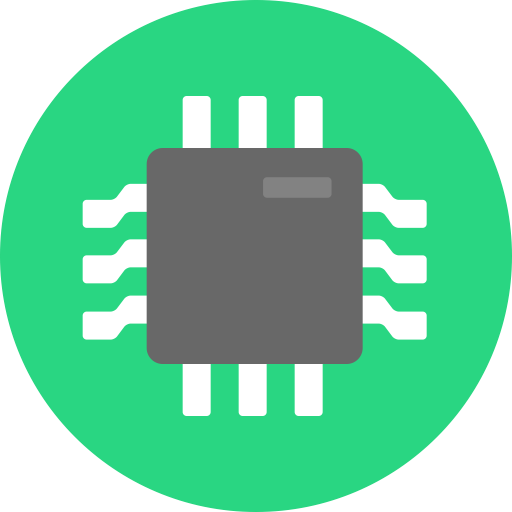andrew
Just chilling
- 3 Posts
- 134 Comments

 25·4 months ago
25·4 months agoBusiness continuity plan testing day.

 36·4 months ago
36·4 months agoThat’s it, I’m reporting you.
/s just in case

 93·5 months ago
93·5 months agoI wish this wasn’t so true.
LMAO we really have Lemmy cliques?
Is there a language that anyone would say really does fare well for continued development or is it just that few people enjoy maintaining code? I’ve maintained some pretty old Go programs I wrote and didn’t mind it at all. I’ve inherited some brand new ones and wanted to rage quit immediately. I’ve also hated my own code too, so it’s not just whether or not I wrote it.
I have found maintainability is vastly more about the abstractions and architecture (modules and cohesive design etc) chosen than it is about the language.

 4·6 months ago
4·6 months agoIt’s cool, you just have to drop a grand every year or two to enjoy that gorgeous screen. Think of it like a subscription to a 15% prettier screen for only 5x the price over 10 years.

 5·6 months ago
5·6 months agoIn this economy I’m going to settle for a used threeskin in the next year or two.

 2·6 months ago
2·6 months agoThe real primary benefit of storing your relationships in a separate place is that it becomes a point of entry for scans or alterations instead of scanning all entries of one of the larger entity types. For example, “how many users have favorited movie X” is a query on one smaller table (and likely much better optimized on modern processor architectures) vs across all favorites of all users. And “movie x2 is deleted so let’s remove all references to it” is again a single table to alter.
Another benefit regardless of language is normalization. You can keep your entities distinct, and can operate on only one of either. This matters a lot more the more relationships you have between instances of both entities. You could get away with your json array containing IDs of movies rather than storing the joins separately, but that still loses for efficiency when compared to a third relationship table.
The biggest win for design is normalization. Store entities separately and updates or scans will require significantly less rewriting. And there are degrees of it, each with benefits and trade-offs.

 2·6 months ago
2·6 months agoThe other related advantage is being able to update data about a given B once, instead of everywhere it occurs as a child in A.

 112·6 months ago
112·6 months agoHow do we know you’re actually here though? 🤔

 7·7 months ago
7·7 months agoPiracy is just staying over at a friend’s house.

 60·7 months ago
60·7 months agoHow very apt that Hollywood would be so skilled at projection.
Yeah, the image (not mine, but the best I found quickly) kinda shows a rebase+merge as the third image. As the other commenter mentioned, the new commit in the second image is the merge commit that would include any conflict resolutions.
Merge takes two commits and smooshes them together at their current state, and may require one commit to reconcile changes. Rebase takes a whole branch and moves it, as if you started working on it from a more recent base commit, and will ask you to reconcile changes as it replays history.


 2·8 months ago
2·8 months agoOr homeassistant. Or gitlab/github actions. So much yaml.

 44·8 months ago
44·8 months agodeleted by creator

 51·8 months ago
51·8 months agoSame, actually. Not sure why this garnered a downvote.

 3·9 months ago
3·9 months agoIf you’re up for pgp and git, gnu password store is a killer app. There are a few guis, including Android and iOS, and if you use gopass there’s a nice plugin for browsers as well. And it’s ultimately just two tools that are both solid and generally well known.



I mean. “she was killed by the IDF” is passive voice, no? I think IDF is out of control as much as the next person but passive voice can be communicative and clear as much as active voice. And clearly it’s easy to reach for if you gave it as a counter example accidentally.